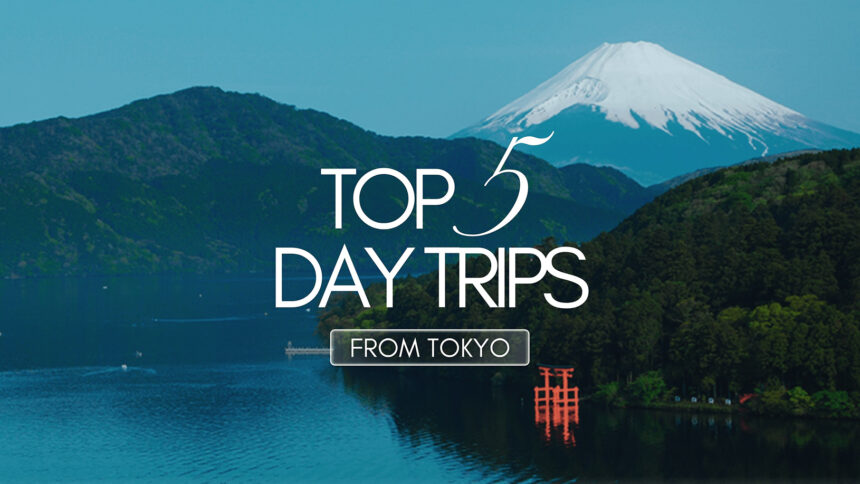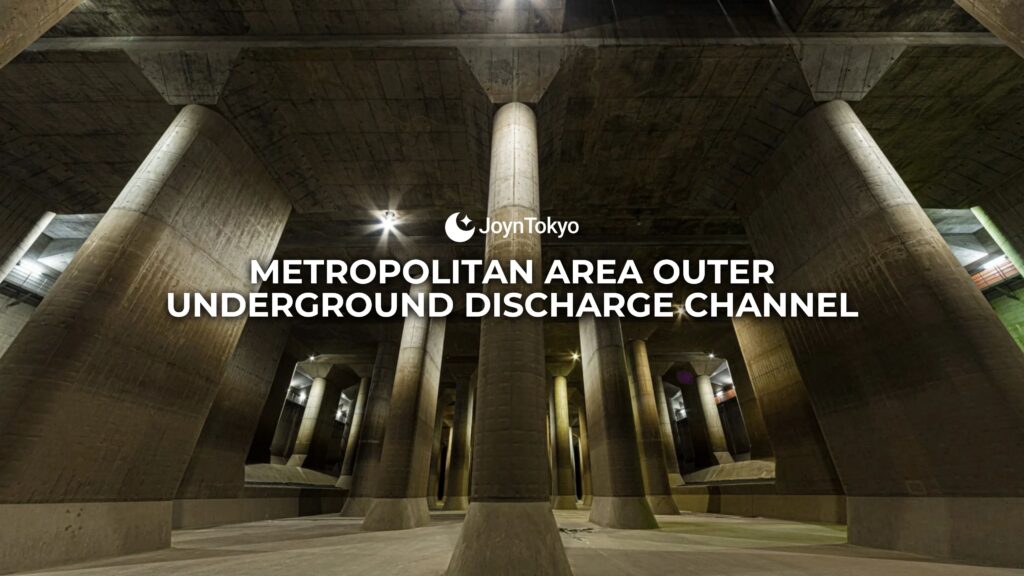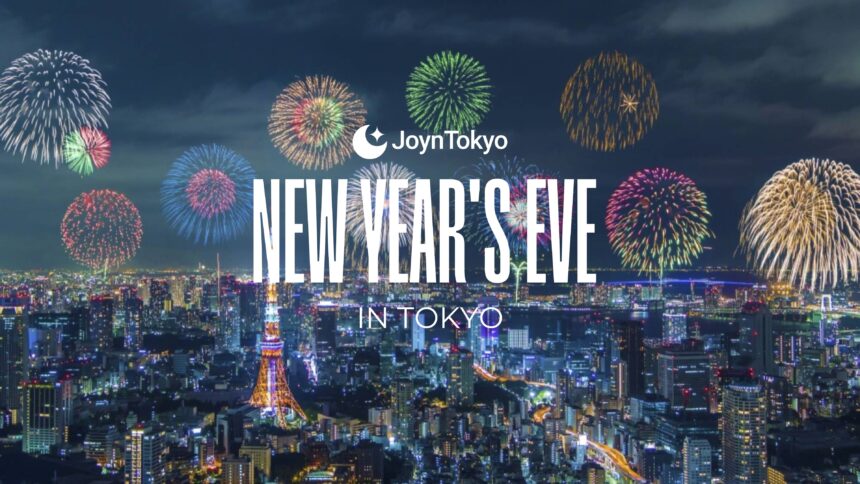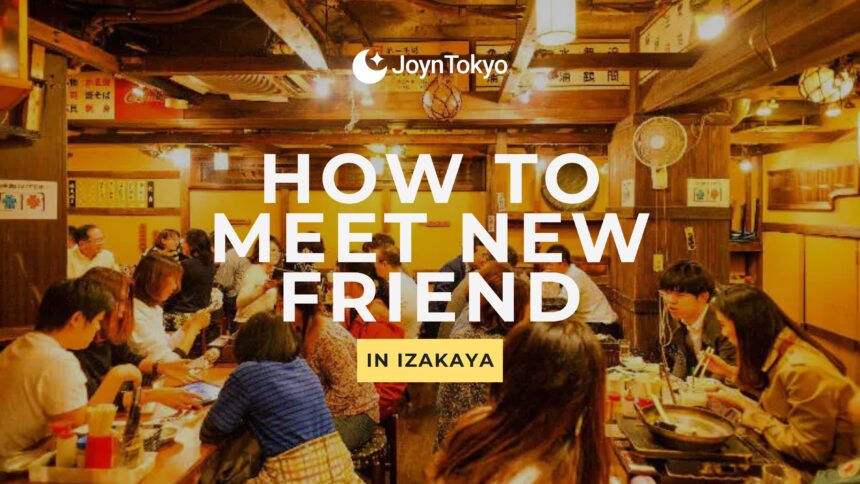We all love Tokyo: our beloved capital is home to a lot of excellent cuisine, things to do, and exciting and lively culture and history. But everyone needs to get away sometimes, and luckily, there are a ton of places you can get to out of the city very easily. With so many possible day trips from Tokyo to choose from, which are the best? This guide will take you through 6 of our favorites, as well as giving you some helpful hints. Enjoy your break!
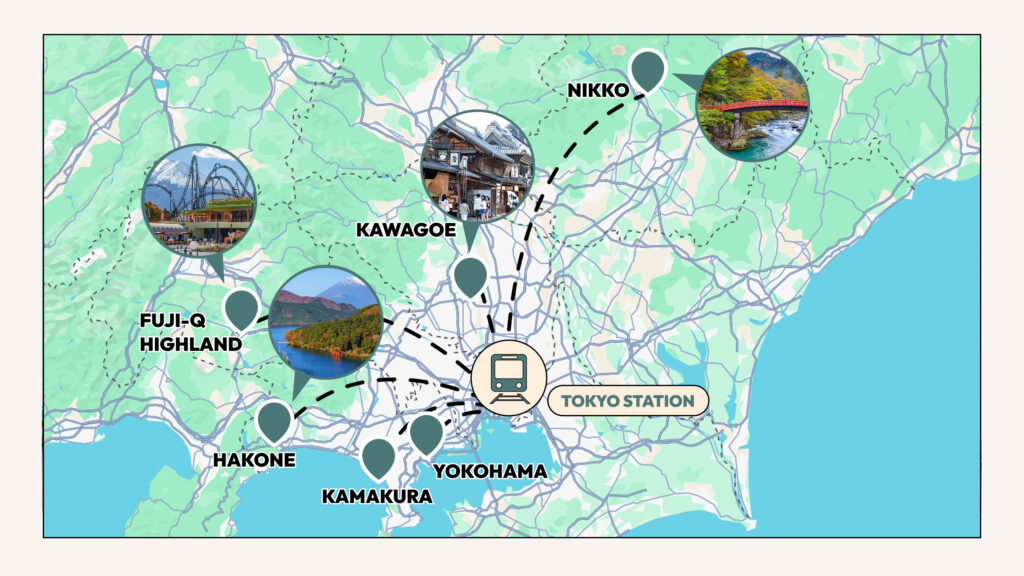
1. Kamakura
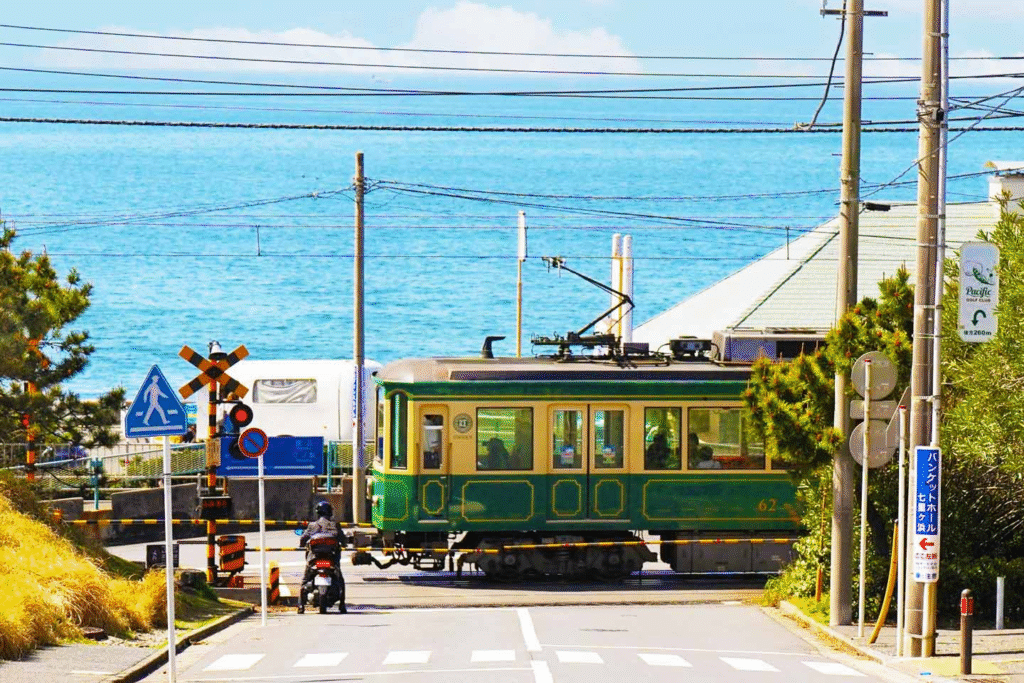
Once upon a time, this city in Tokyo’s neighbouring Kanagawa prefecture was the hub of Japanese politics. Today, the history and culture of the 1185 Kamakura period can be experienced and enjoyed by anyone with an hour to travel, less than some commutes. A favourite of “Tokyoites”, this is an unmissable day-trip. There are things to enjoy year-round, but the Spring or Summer are the best times to visit, as the coast becomes more appealing.
Highlights
- The Great Buddha of Kamakura is synonymous with the city, and is one of the largest bronze Buddhas in Japan. You can even see inside its hollow interior
- There are also multiple ancient and beautiful shrines and temples to visit, including Hasedera and Zeniarai Benten Shrine, as well as the “Five Mountains of Kamakura” shrines, that make an excellent walk for hiking enthusiasts.
- In September, you can see the Reitaisai, a festival that celebrates horseback archery at Tsurugaoka Hachimangu Shrine. Make sure to get there early, as it becomes very crowded, and you may not get a great view from the back.
How to get there
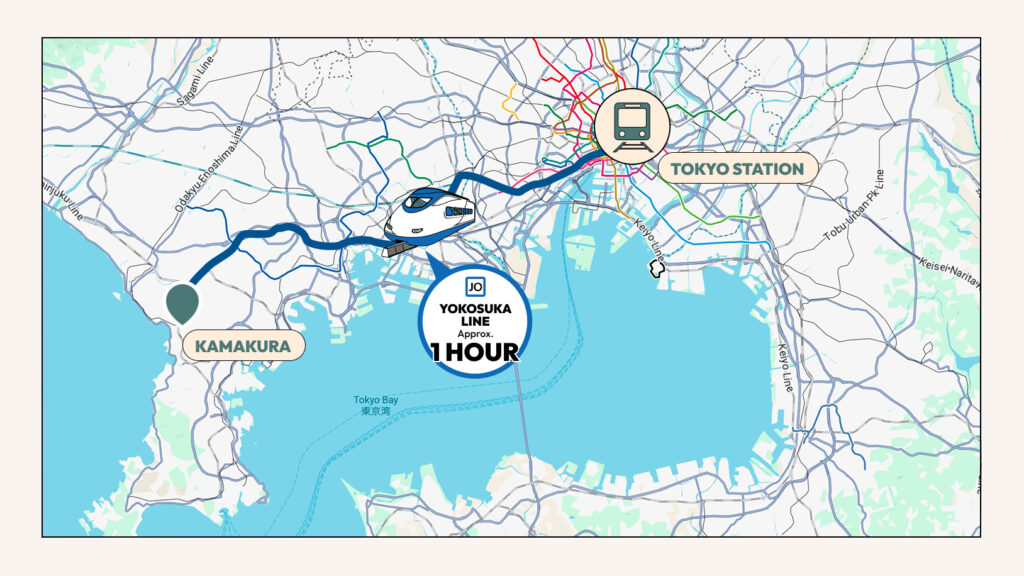
Kamakura is a roughly one hour train journey from Tokyo Station on the JR Yokosuka line.
2. Hakone
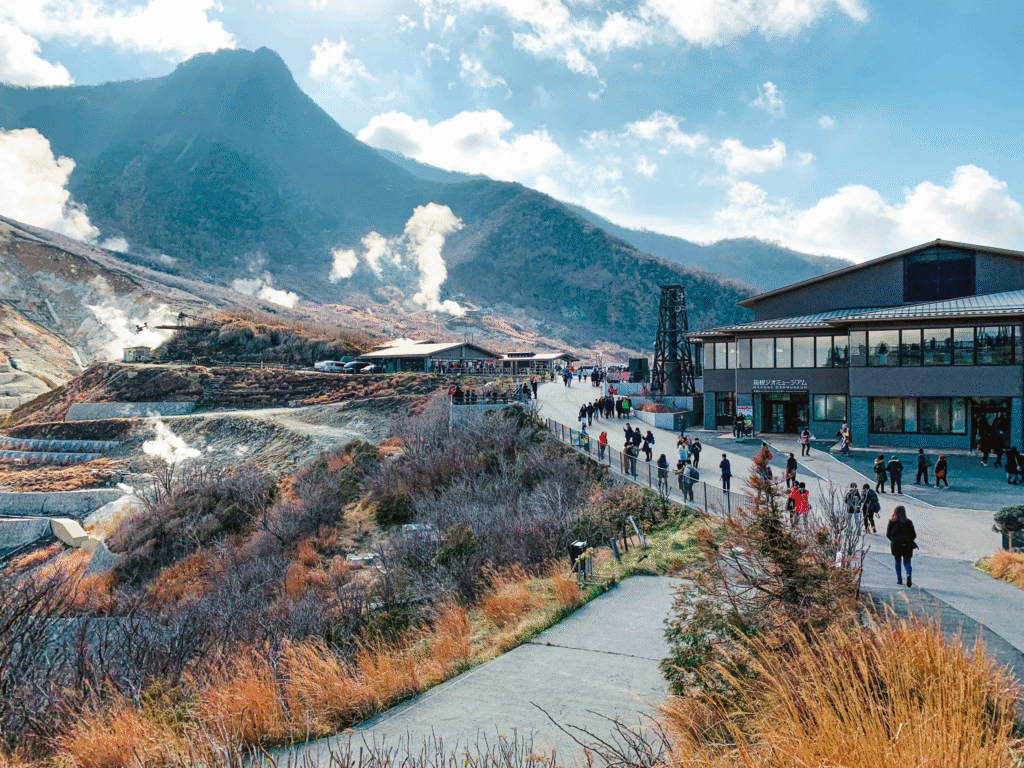
Famous for its onsen hot springs, Hakone also possesses incredible natural beauty. As well as taking a pirate ship trip over Lake Ashinoko, you can hike the surrounds while you enjoy exquisite views of Mt. Fuji.
Highlights
- There are seven onsen resorts in Hakone, with Miyanoshita being the most famous. In this old-school resort, you can engage in bathing in some of the most venerable hot springs in Japan.
- Alternatively, for more modern bathing, why not try Hakone Kowakien Yunessun? This “theme-park” style bathing attraction allows you to wear bathing suits, and also to try different and unusual baths like coffee, wine, and tea.
- Take a trip up Mt. Hakone to Owakudani, and enjoy some tasty black eggs, the shells of which are darkened by being boiled in the sulphuric waters. Eating one is said to extend your life by seven years!
- Sail across Lake Ashinoko on a pirate ship, where you can enjoy views of the beautiful scenery, including Mt. Fuji.
How to get there
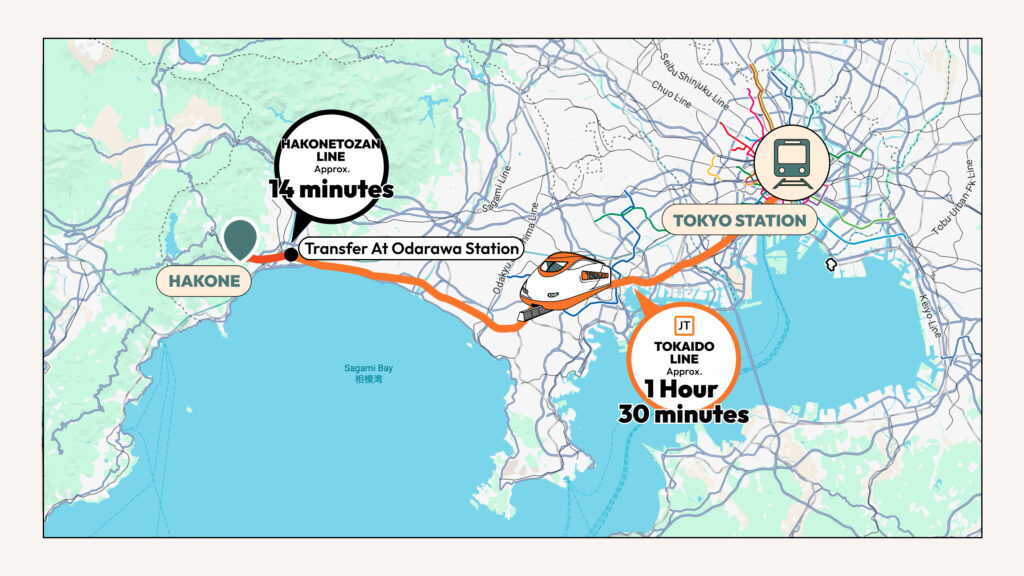
It takes about 90 minutes to go from Shinjuku Station to Hakone-Yumoto Station on the Odakyu Line.
3. Fuji-Q Highland
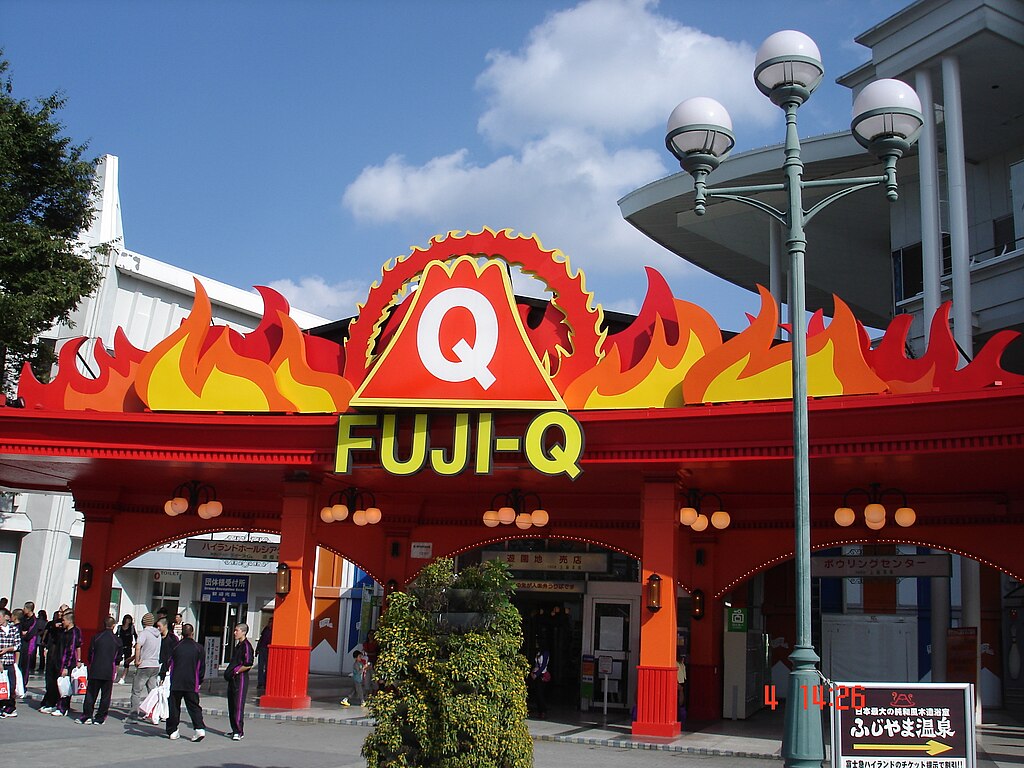
As the name suggests, Fuji-Q Highlands is right at the foot of Mt. Fuji, but it is excitement, rather than contemplation of beauty, that are the soul of this theme park. Thrill-seekers will be delighted to find some of the best rollercoasters in Japan — and indeed in all of Asia — to keep your heart rushing. But for families, too, there are more relaxing a slower-paced child friendly rides and attractions.
Highlights
- Eejanaika is one of the world’s only “4D” rollercoasters, which is to say that the cars not only follow the tracks, but also move independently, providing a huge level of excitement for the riders.
- Fujiyama was once the tallest rollercoasters in the world, and though that record has since been superseded, it is still one of the tallest and longest rollercoasters in the world.
- Takabisha is another pulse-pounder, with a 121° drop angle, making it one of the world’s steepest rollercoaster drops. A real treat for rollercoaster enthusiasts.
How to get there
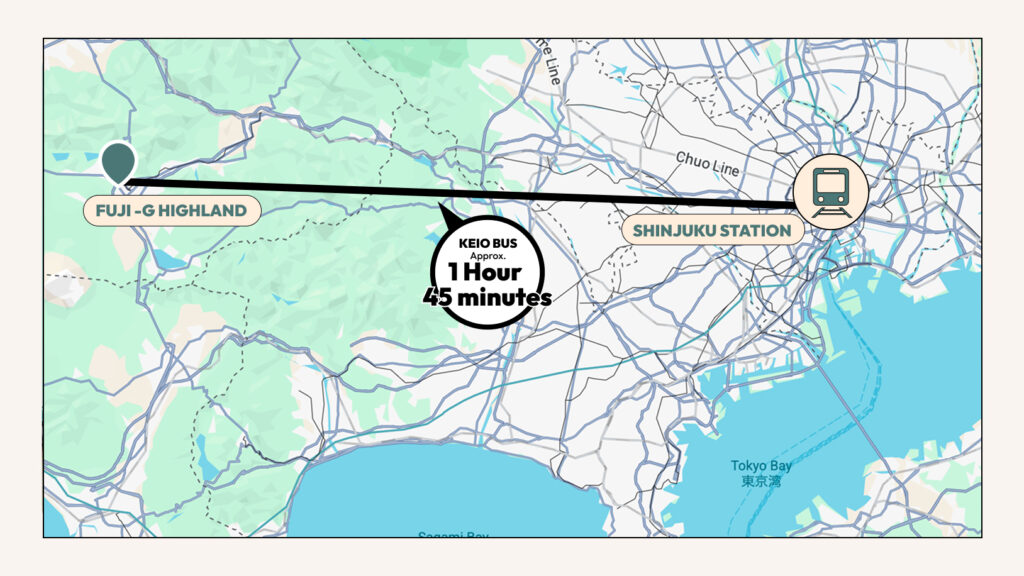
The most convenient way to get to Fuji-Q Highland is to take the Chuo Highway Bus from Shinjuku Highway Bus Terminal, a journey of roughly 1 hour and 40 minutes.
4. Nikko
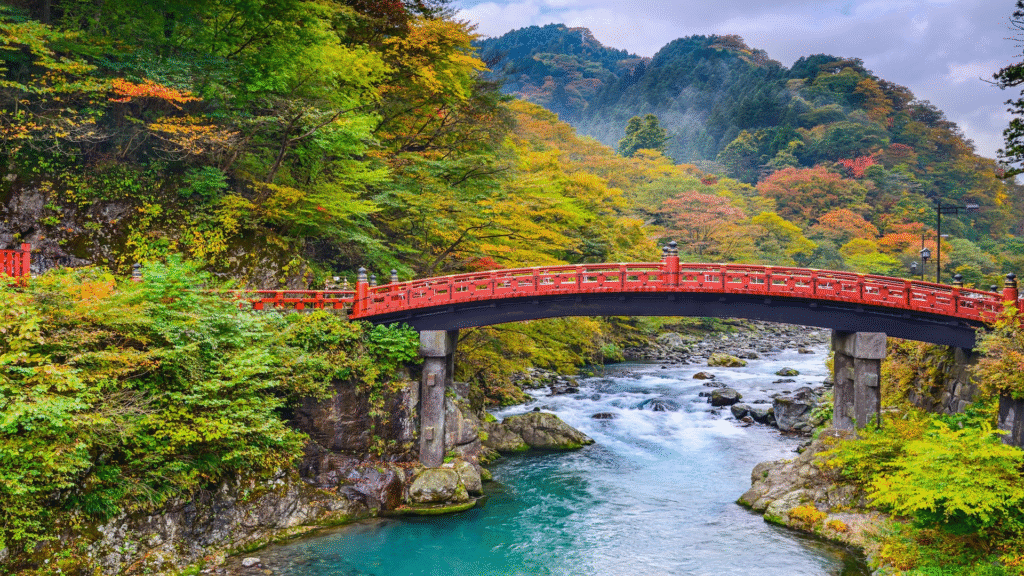
The home of many UNESCO World Heritage sites, Nikko is a joy for anyone interested in history who also have a deep appreciation for nature. Because it is a place of such beautiful scenery, it is somewhere that can be enjoyed by single travellers, couples, and families all year round.
Highlights
- It might sound strange to recommend a bridge, but Shinkyo Bridge, a part of Futarasan-jinja Shrine, is one of the most important crossing points in Shinto, and is today a gateway to Nikko’s temples and shrines.
- Lake Chuzenji not only offers serene views of the lake itself and a number of waterfalls, but is also home to many traditional onsen public baths that can be enjoyed.
- Mt. Nantai, which also lies on the shore of Lake Chuzenji, is an excellent hiking spot. The 2,486-meter peak has a steep walk to the top, but it is well worth it.
How to get there
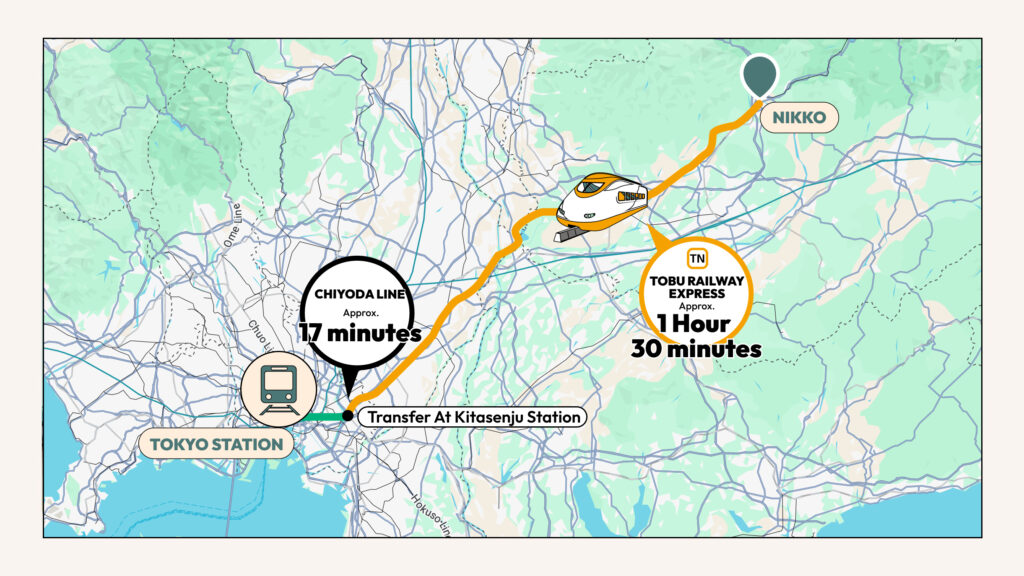
You can get to Tobu Nikko Station by taking the Tobu line from Asakusa, a journey which takes roughly 2 hours.
5. Kawagoe

Known among others as “Koedo,” which means “Little Edo,” Kawagoe has architecture that is absolutely to die for. With wooden exteriors and structures that harken back to the world of several centuries ago, along with dozens of historic shrines and temples, this is a heaven for Japanese history lovers.
Highlights
- The clocktower known as “Toki no Kane,” or “Bell of Time,” has a history dating back to the 1600s. It still rings four times a day, and is at the heart of Kurazukuri Street, where you can see dozens of centuries-old buildings.
- Kawagoe Hikawa-jinja Shrine not only has an impressive 15-foot torii shrine gate, but has a history dating back to the 6th Century.
- Kashiya Yokocho, or “Candy Alley,” is a charming street with many confectionary shops, selling authentic Japanese sweets made the old-fashioned way.
How to get there
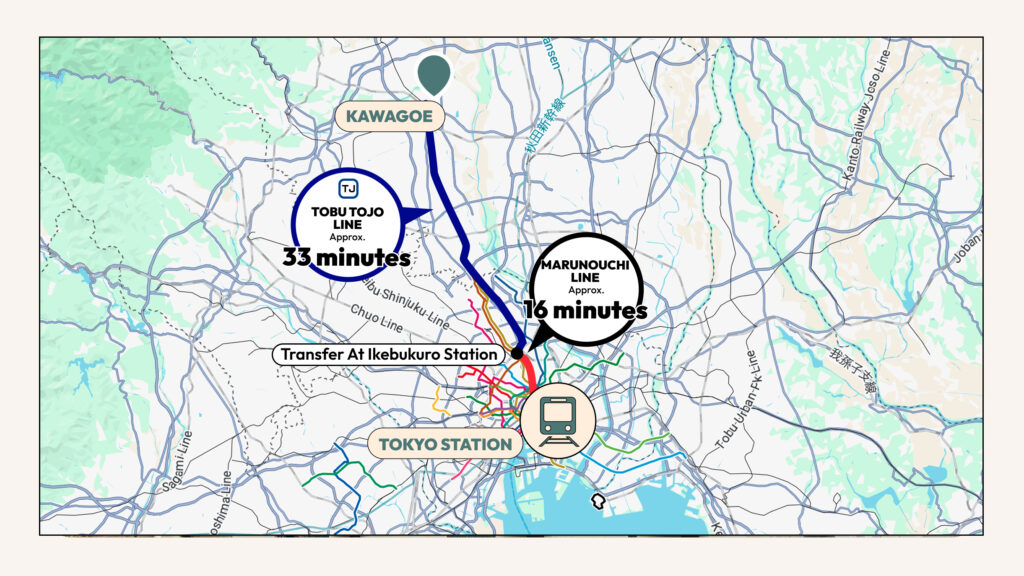
From Ikebukuro, you can take the Tobu Tojo line towards Kawagoe, a trip that only takes about 30 minutes on the express train. From Shinjuku, you can take the JR Saikyo/Kawagoe Line, a trip that takes around an hour.
Tips For Planning Your Day Trip
Don’t forget to bring a little extra cash. Even if Tokyo is more accepting of card payments than ever, many places outside of the capital are still behind in this regard.
Make sure to keep an eye on the time. Trains in Japan are efficient, but don’t run 24 hours a day, so make sure you don’t get caught stranded far from home.
Pack some snacks and drinks for the journey. Nothing makes an hour-long trip feel longer than being hungry!

